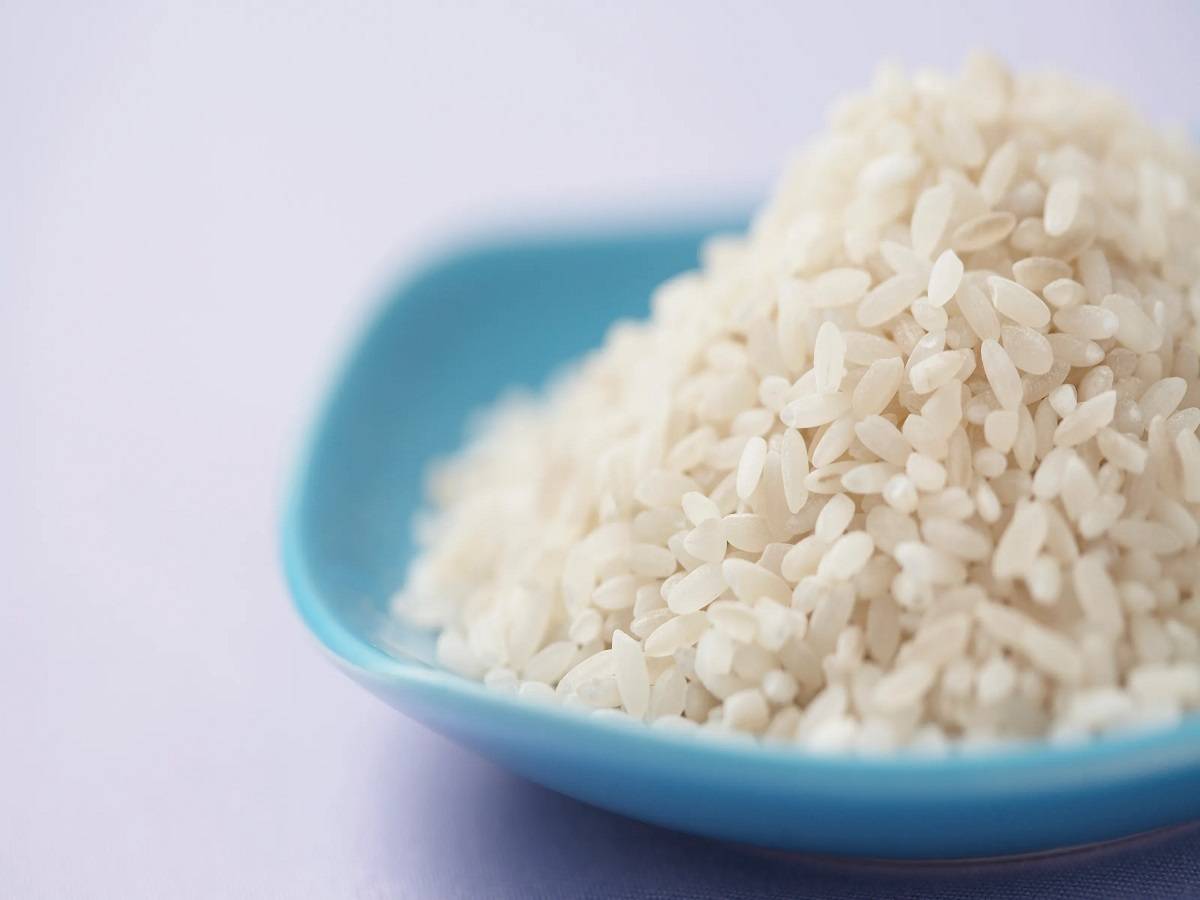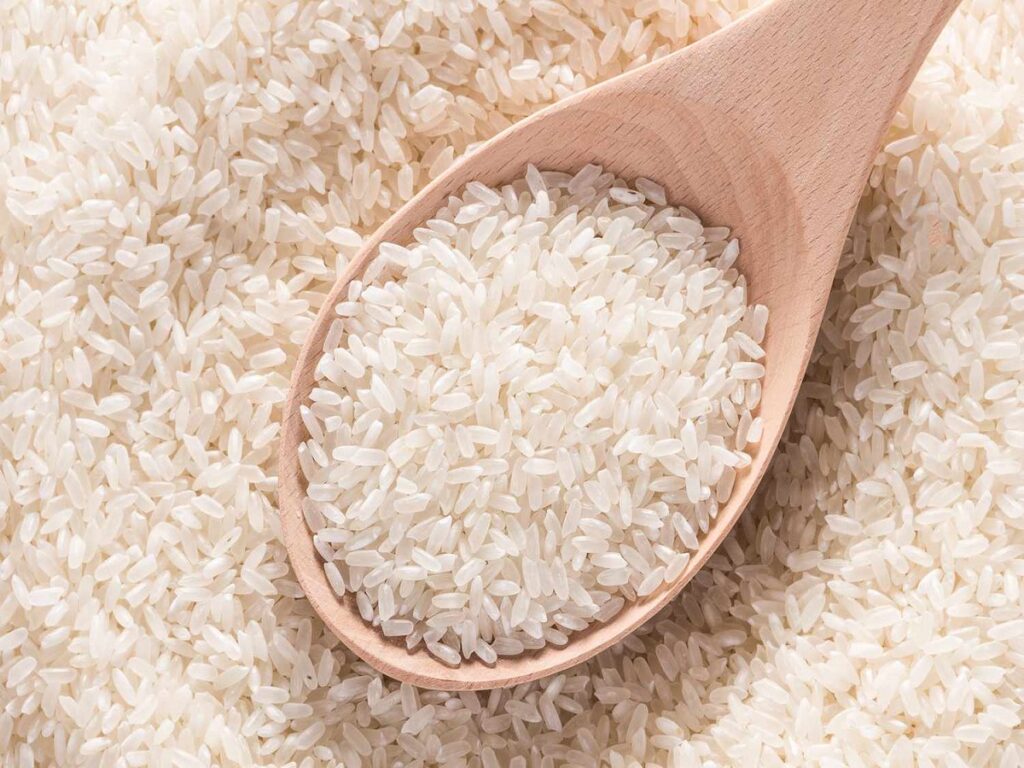Global rice shortage: Rice is one of the most important crops in the world, feeding more than half of the global population. However, rice production and consumption are facing a serious challenge in 2023, as the world is set to experience its largest rice shortage in 20 years. This blog post will explain the causes, consequences and possible solutions of this global crisis.

Causes of the Global rice shortage
The main cause of the global rice shortage is the imbalance between supply and demand. According to Fitch Solutions, the global demand for rice is expected to grow by 1.1% per year until 2031, driven by population growth and changing dietary preferences. However, the global supply of rice is struggling to keep up with this demand, due to several factors:
Climate change
Rice is a water-intensive crop that requires flooded fields to grow. However, climate change has increased the frequency and severity of droughts, floods and extreme weather events that affect rice production. For example, China, the world’s largest rice producer, suffered from heavy rains and floods that damaged its crops in 2022. Pakistan, another major rice exporter, also faced a 31% decline in production due to severe flooding.
Political instability
Rice trade is also affected by political conflicts and tensions that disrupt supply chains and markets. For example, the ongoing war in Ukraine has reduced its exports of wheat, which is used as animal feed and can substitute for rice in some regions. This has increased the demand for rice from other countries, putting more pressure on the global market.
Pandemic effects
The COVID-19 pandemic has also impacted rice production and consumption in various ways. On one hand, the pandemic has increased food insecurity and poverty among millions of people, especially in developing countries, who rely on rice as a staple food. On the other hand, the pandemic has also disrupted labor availability, transportation and logistics, affecting the efficiency and cost of rice cultivation and distribution.
Consequences of the Global rice shortage
The global rice shortage has significant implications for food security, livelihoods and inflation across the world, especially in Asia-Pacific, where 90% of the world’s rice is consumed. Some of the consequences are:
Higher prices
The rice shortage has led to a surge in rice prices, reaching decade-high levels in 2023. According to Fitch Solutions, the price of rice averaged $17.30 per cwt (hundredweight) through 2023 year-to-date, and will only ease to $14.50 per cwt in 2024. Higher prices make rice less affordable for consumers, especially for low-income households who spend a large share of their income on food.
Lower consumption
Higher prices also reduce the demand for rice, as consumers switch to cheaper or more available alternatives, such as wheat, corn or cassava. This can affect the nutritional intake and health of millions of people who depend on rice as a source of calories and protein.
Social unrest
The rice shortage can also trigger social unrest and violence, as people protest against rising food costs and shortages. This can undermine political stability and security in some regions, as well as hamper economic recovery and development.
Solutions for the Global rice shortage
The global rice shortage is a complex and urgent problem that requires coordinated action from governments, businesses and civil society. Some of the possible solutions are:
Improving productivity
One way to increase rice supply is to improve the productivity and efficiency of rice farming, using better seeds, fertilizers, irrigation systems and pest management techniques. This can help farmers produce more rice with less water, land and labor inputs.
Promoting sustainability
Another way to enhance rice supply is to promote more sustainable practices that reduce the environmental impact of rice cultivation. For example, farmers can adopt alternative wetting and drying (AWD) methods that reduce water use and greenhouse gas emissions from flooded fields. Consumers can also reduce food waste and adopt more balanced diets that reduce their reliance on rice.
Strengthening cooperation
A third way to address the rice shortage is to strengthen cooperation and coordination among different stakeholders involved in the rice value chain. This includes improving market information and transparency, facilitating trade and logistics, ensuring food safety and quality standards, providing social protection and assistance to vulnerable groups, and investing in research and innovation.
In Conclusion
The global rice shortage is a serious challenge that threatens food security and livelihoods for billions of people around the world. It is caused by various factors that affect both supply and demand of rice, such as climate change, political instability and pandemic effects. It has significant consequences for food prices, consumption and social stability. It requires urgent action from all stakeholders to increase productivity, promote sustainability and strengthen cooperation in the rice sector.




